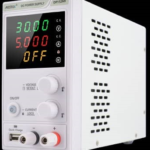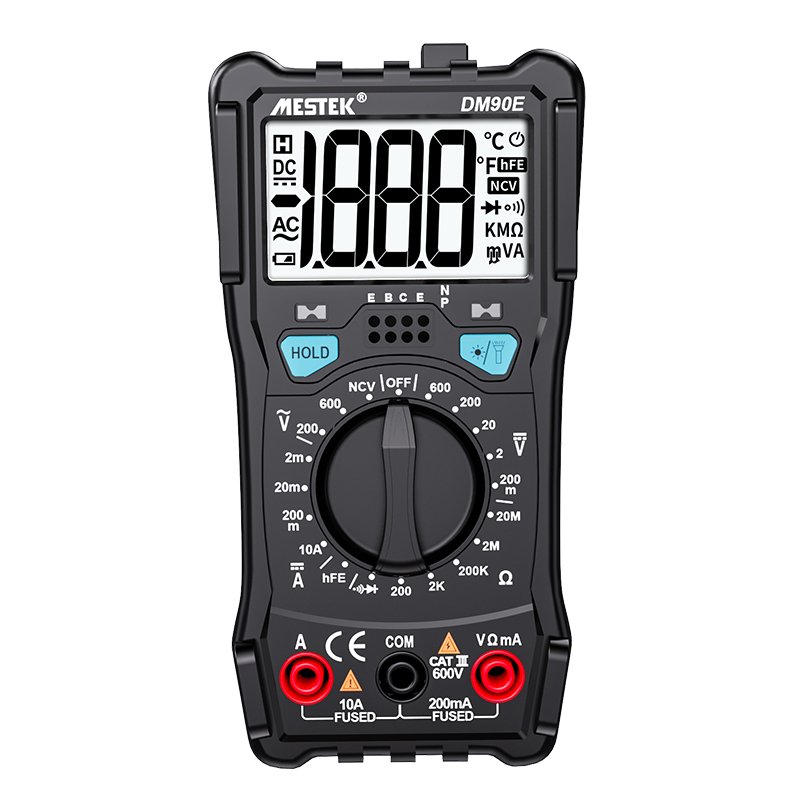-18%Hot
Breadboard Special Power Module 2-way 5V/3.3V
₦ 2,450 Original price was: ₦ 2,450.₦ 2,000Current price is: ₦ 2,000.
Fast Shipping
Technical Support
Experienced technical support
Nationwide Delivery
To all 36 States
Description
The breadboard breadboard power and market power modules other differences: Recessed design, completely without wasting breadboard space. 2 Channel distribution can be disconnected, you can choose 5V, 3.3V voltage. It can be powered via USB and DC power head.
Features:
- Dual-voltage output: Provides both 5V and 3.3V simultaneously. This is crucial for projects using components with different power requirements, such as an Arduino running on 5V and a sensor module that requires 3.3V.
- Two independent channels: The module can power both the top and bottom power rails of a standard breadboard independently. You can configure each side with a jumper to output 5V, 3.3V, or be turned off (0V).
- Input power options: The module can be powered in two ways:
- DC barrel jack: Accepts an input voltage of 6.5V to 12V from a wall adapter.
- USB port: Can be powered via a USB connection.
- Output current: The maximum output current is typically around 700mA, which is sufficient for most low-power components.
- On/off switch: An onboard switch allows you to safely turn the power on and off without unplugging the power source.
- Power indicator: An LED lights up when the module is powered on, providing visual confirmation.
- External output pins: In addition to powering the breadboard rails, the module has separate header pins to provide easy access to the 5V, 3.3V, and ground connections via jumper wires.
- Protection features: Many versions include reverse polarity and overcurrent protection to prevent damage to your circuits
Specification:
- On-board two groups of 3.3V, 5V DC output plug pin, convenient external lead use.
- Breadboard power supply module, compatible with 5 V, 3.3 V Apply to MB102 breadboard
- Input voltage: 6.5-12 V (DC) or USB power supply Output voltage: 3.3V/5V can switch over
- Fluctuation two road independent control, can switch over to 0 V, 3.3 V, 5 V
- On-board two groups of 3.3V, 5V DC output plug pin, convenient external lead use.
How to use the module:
- Mount on breadboard: Plug the module’s power pins directly into the power rails on the side of a standard MB102 breadboard. The pins are designed to align with the positive (+) and negative (-) rails.
- Apply input power: Connect a power source via either the DC barrel jack or the USB port.
- Set the output voltage: Use the small yellow jumpers on the module to select the voltage for each rail. Move the jumper to the 5V or 3.3V position for the desired output. You can set one side to 5V and the other to 3.3V, or both to the same voltage.
- Turn on the power: Flip the onboard switch to the “ON” position. The power indicator LED will illuminate.
- Connect your components: You can now connect your circuit components to the powered breadboard rails or use jumper wires from the module’s external output pins.
Package Includes:
- 1 x Breadboard Special Power Module 2-way 5V/3.3V
Reviews (0)
Only logged in customers who have purchased this product may leave a review.
Shopping cart
Sign in
No account yet?
Create an Account
Breadboard Special Power Module 2-way 5V/3.3V
Save -18%! on Breadboard Special Power Module 2-way 5V/3.3V ₦ 2,450 ₦ 2,000
Valid only while stock lasts
Valid only while stock lasts
Order now!
Open chat












 Power supply
Power supply








Reviews
Clear filtersThere are no reviews yet.